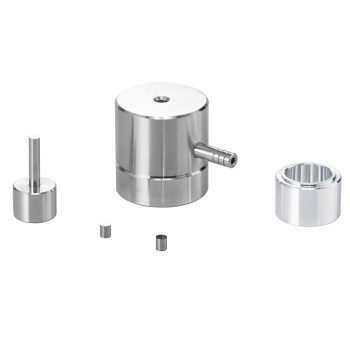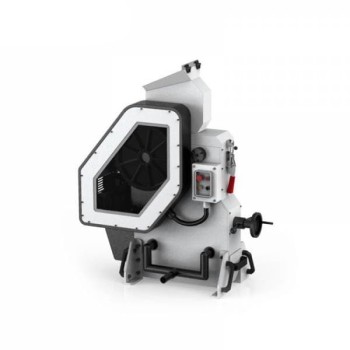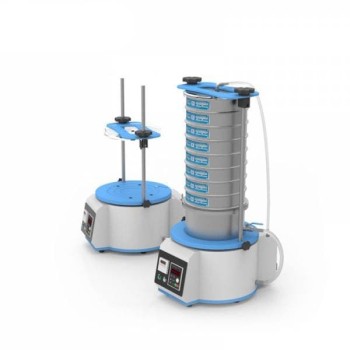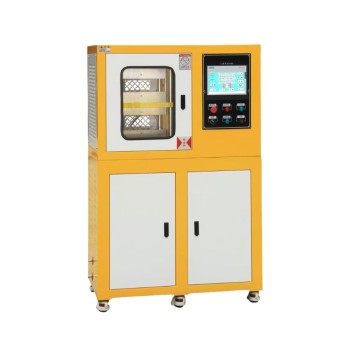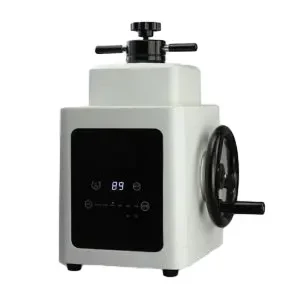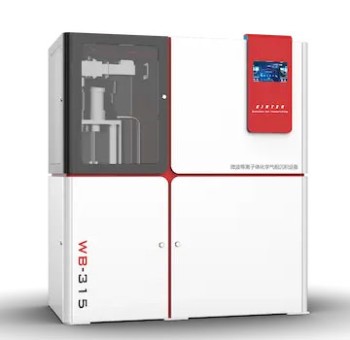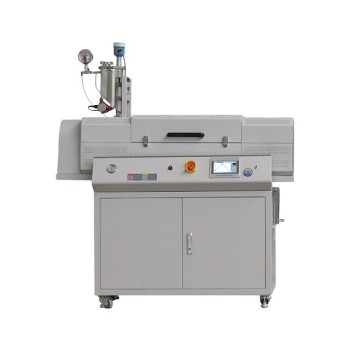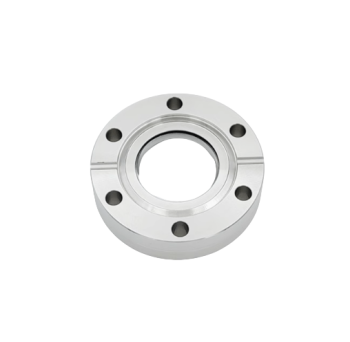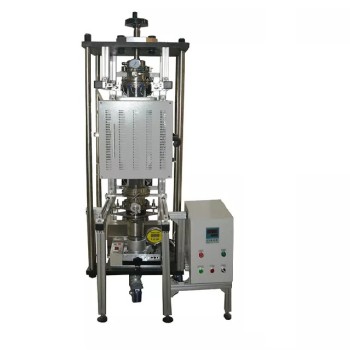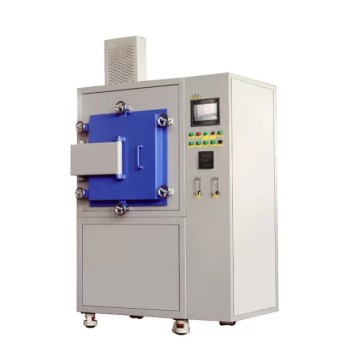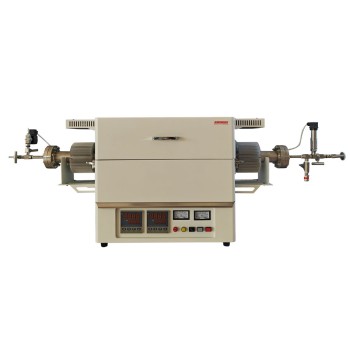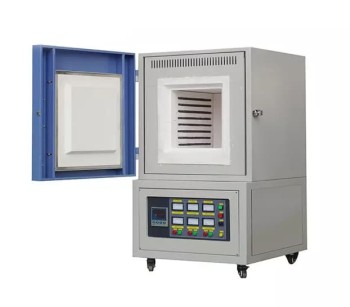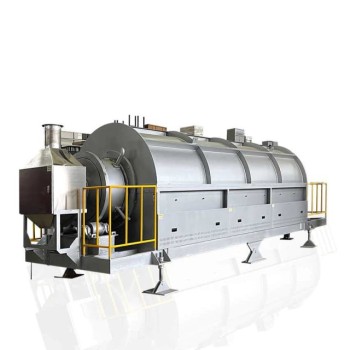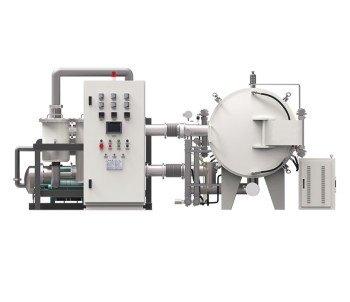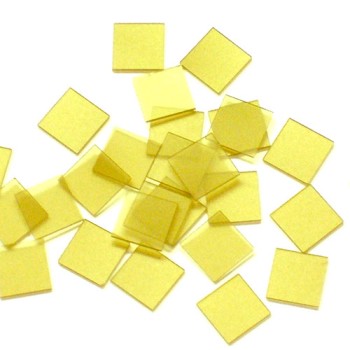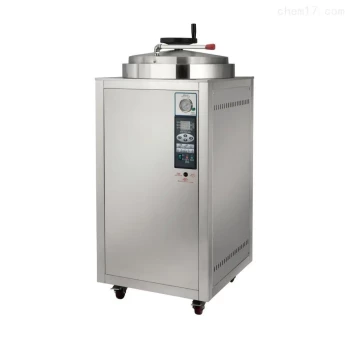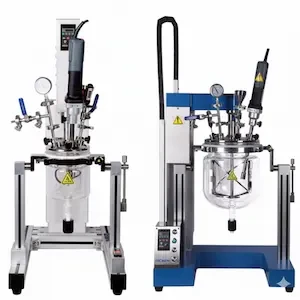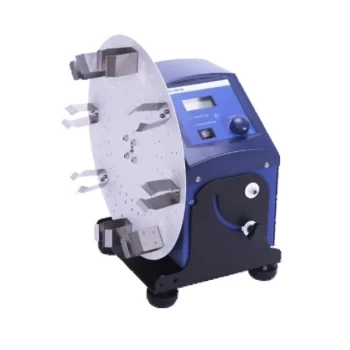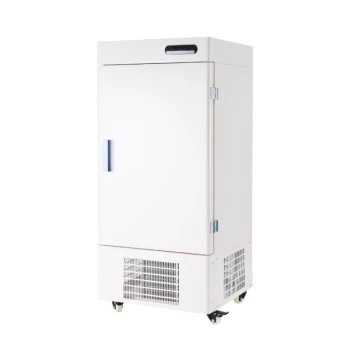Toggle Categories
Get Instant Support
Choose your preferred way to connect with our team
-
Get Free Quote Fill out form for detailed pricing
-
Send Email Detailed inquiry support
-
WhatsApp Quick mobile chat
Response Time
Within 8 hours on working days, 24 hours on holidays
Sample Preparation
KinTek sample preparation equipment includes sample crushing,milling, as while as while sieving equipment, hydraulic press equipment includes manual press, electric press, isostatic press, hot press and press filtering machine.
Thermal Equipment
KinTek supplies a broad range of high-temperature furnaces, including lab, pilot production, and industrial production furnaces, with a temperature range of up to 3000 ℃. One of KinTek's advantages is the ability to create custom-made furnaces tailored to specific functions, such as different heating methods and speeds, extra high and dynamic vacuums, controlled atmospheres and gas circuits, automated mechanical structures, and software and hardware development.
Lab Consumables & Materials
KinTek offers a range of lab consumables and materials, including evaporation materials, targets, metals, electrochemistry parts, as well as powders, pellets, wires, strips, foils, plates, and more.
Bio-Chem Equipment
KinTek bio-chem equipment comprises rotary evaporators, glass and stainless steel reactors, distillation systems, circulating heaters and chillers, as well as vacuum equipment.
Products

Infrared High Resistance Single Crystal Silicon Lens
Item Number : KTOM-HBS
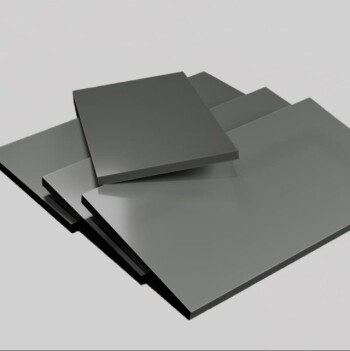
Carbon Graphite Plate Manufactured by Isostatic Pressing Method
Item Number : KM-D11

Carbon Graphite Boat -Laboratory Tube Furnace with Cover
Item Number : KM-D10

Conductive Boron Nitride BN Ceramics Composite for Advanced Applications
Item Number : KM-D9
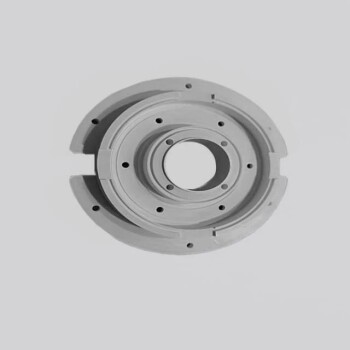
Custom Boron Nitride (BN) Ceramic Parts
Item Number : KM-D8
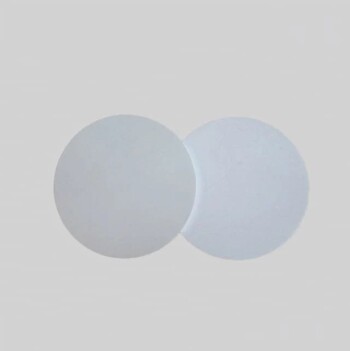
Boron Nitride (BN) Ceramic Plate
Item Number : KM-D7

Boron Nitride (BN) Ceramic Tube
Item Number : KM-D5
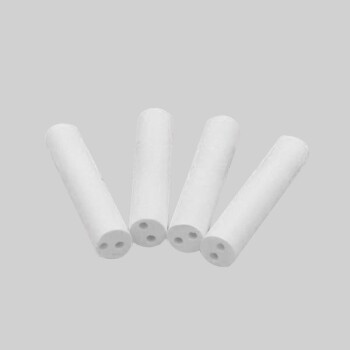
Hexagonal Boron Nitride HBN Thermocouple Protection Tube
Item Number : KM-D02
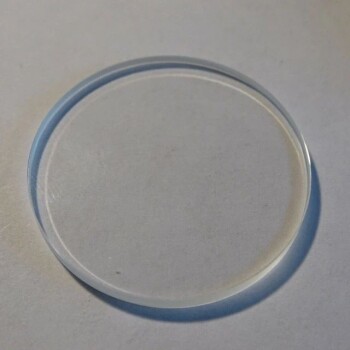
400-700nm Wavelength Anti Reflective AR Coating Glass
Item Number : KTOM-ARG
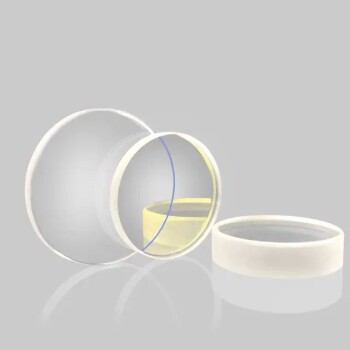
Optical Window Glass Substrate Wafer Sheets Zinc Sulfide ZnS Window
Item Number : KTOM-ZSS
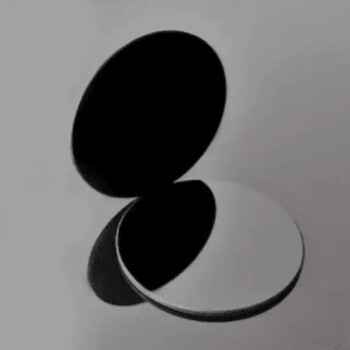
Infrared Thermal Imaging Temperature Measurement Double-Sided Coated Germanium Ge Lens
Item Number : KTOM-CGL
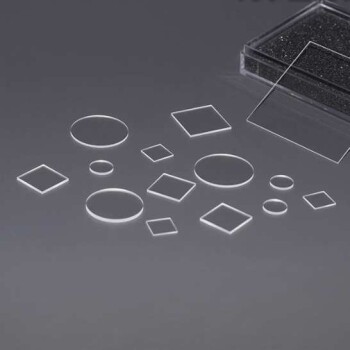
Infrared Transmission Coating Sapphire Sheet Substrate Window
Item Number : KTOM-ISS
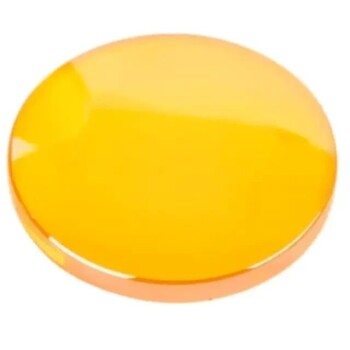
Zinc Selenide ZnSe Optical Window Glass Substrate Wafer and Lens
Item Number : KTOM-ZSW

High Purity Pure Graphite Crucible for Electron Beam Evaporation
Item Number : KMS02

Shortpass Filters for Optical Applications
Item Number : KTOM-SLS

XRD Sample Holder X-ray Diffractometer Powder Slide
Item Number : KTOM-XRD
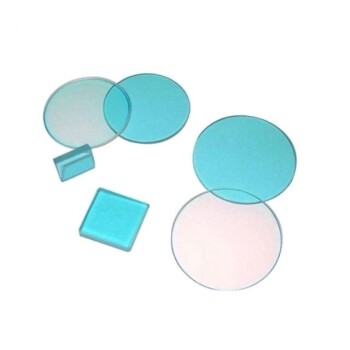
Longpass Highpass Filters for Optical Applications
Item Number : KTOM-LHF
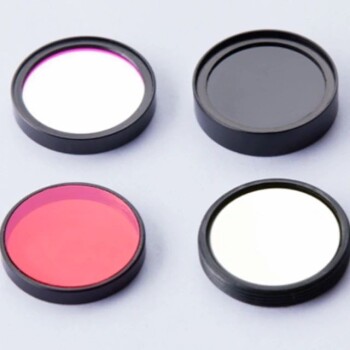
Narrow Band Pass Filters for Precision Applications
Item Number : KTOM-NBF
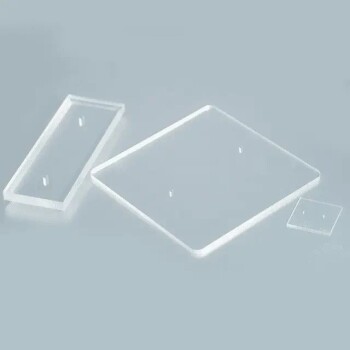
MgF2 Magnesium Fluoride Crystal Substrate Window for Optical Applications
Item Number : KTOM-MFS
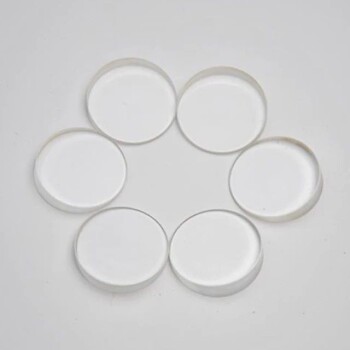
Optical Window Glass Substrate Wafer CaF2 Substrate Window Lens
Item Number : KTOM-CFW

Ceramic Evaporation Boat Set Alumina Crucible for Laboratory Use
Item Number : KME09
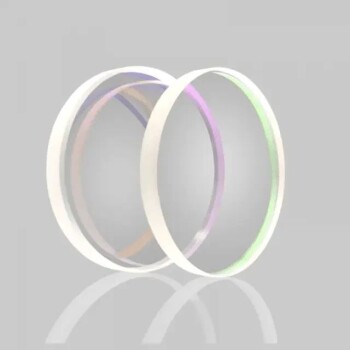
Optical Window Glass Substrate Wafer Barium Fluoride BaF2 Substrate Window
Item Number : KTOM-BFS
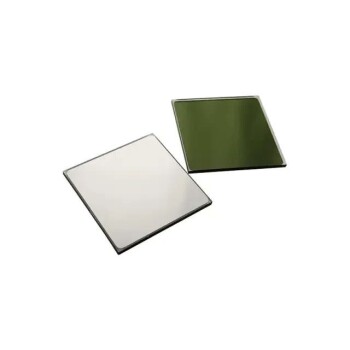
Optical Window Glass Substrate Wafer Single Double Sided Coated K9 Quartz Sheet
Item Number : KTOM-CGS

Thermally Evaporated Tungsten Wire for High Temperature Applications
Item Number : KME08
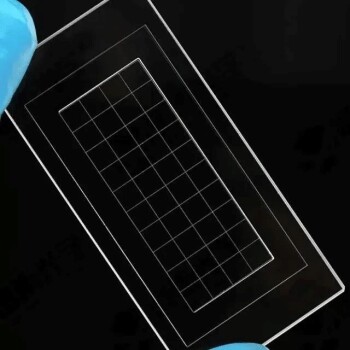
Zooplankton Plankton Counting Chamber for Plankton Eggs and Ascaris Eggs
Item Number : KTOM-PAE
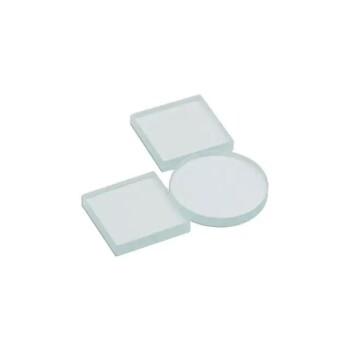
Float Soda-Lime Optical Glass for Laboratory Use
Item Number : KTOM-FSO
REQUEST A QUOTE
Our professional team will reply to you within one business day. Please feel free to contact us!
Related Articles

The Fragile Intersection: Mastering the Side-Window Optical Electrolytic Cell
Spectroelectrochemistry combines chemical, electrical, and optical hazards in a delicate vessel. Here is how to master the safety and precision of this complex system.

The Ceramic Paradox: Why the Best Way to Clean an Alumina Tube is Not to Clean It
Deep cleaning is often a symptom of process failure. Discover the engineering protocols to maintain alumina tubes, prevent thermal shock, and ensure longevity.

The Silent Vessel: Why the Material of Your Furnace Tube Defines Your Science
The tube furnace tube is not just a container; it is a boundary condition. Learn how choosing between ceramic, quartz, and metal defines your experimental limits.

The Thermal Ceiling: Pushing 2200°C in Vacuum Environments
Discover how specialized vacuum furnaces achieve 2200°C+ through advanced graphite and tungsten elements. A deep dive into thermal engineering and material limits.

Entropy and the Alumina Tube: The Art of Precision Maintenance
Discover the disciplined approach to cleaning alumina furnace tubes. Learn how to prevent thermal shock, remove residue with acid, and extend equipment life.

The Architecture of Certainty: Mastering Control in Multifunctional Electrolytic Cells
Precision in electrochemistry isn't about guesswork; it's about hardware architecture. Learn how the three-electrode system isolates variables for true control.

The Geometry of Truth: Why the Maintenance of Your Optical Electrolytic Cell Defines Your Data
Great data isn't just about the experiment; it's about the vessel. Learn the rigorous maintenance protocols for side-window optical electrolytic cells.

The Silent Partner: Why Material Choice in Electrochemistry is a Matter of Trust
Discover why high borosilicate glass and PTFE are the non-negotiable standards for electrolytic cells. A deep dive into material science for precise data.

Why Your Ceramic Furnace Tubes Keep Cracking—And How to Choose the Right One
Tired of failed experiments from cracked ceramic tubes? Learn the real reason it happens and how to select the correct material (Alumina, Quartz) for your lab.

Cracked Tubes, Contaminated Samples? Your Furnace Tube Is The Hidden Culprit
Frustrated by failed experiments? Learn why your furnace tube material—not your process settings—is the critical variable causing inconsistent results.

Water Circulating Vacuum Pumps: A Practical Guide for Laboratory Applications
Discover the benefits of water circulating vacuum pumps for labs: chemical safety, low maintenance, and explosion-proof operation. Ideal for sensitive applications.

How to Choose Crucible Materials That Prevent Chemical Degradation in Vacuum Induction Melting
Learn how to choose crucible materials for vacuum induction melting to prevent chemical degradation and optimize alloy purity. Essential guide for industrial applications.

How Cascade Refrigeration Powers Ultra-Low Temperature Freezers Beyond Single-Stage Limits
Learn how cascade refrigeration enables ultra-low temperature freezers to reach -80°C and beyond, overcoming single-stage system limitations for critical sample storage.

Polytetrafluoroethylene (PTFE): How low friction coefficient promotes industrial progress
Explore the unique advantages of polytetrafluoroethylene (PTFE)'s low coefficient of friction and analyze how it promotes progress and innovation in industrial technology in terms of reducing wear and improving equipment efficiency.

PTFE's high temperature and corrosion resistance: Why it is indispensable in industry
The unique advantages of polytetrafluoroethylene (PTFE) in high temperature and corrosion resistance analyze why it has become an indispensable material in industry, especially in applications in harsh environments.

PTFE gasket: an all-around solution for flange sealing
Polytetrafluoroethylene (PTFE) gaskets have become an ideal choice in the field of flange sealing due to their unique chemical stability and high temperature resistance.

Precision Ceramic Materials for Energy Conversion Applications
Overview of various ceramic materials used in energy conversion technologies, including heaters, piezoelectric ceramics, and solid oxide fuel cells.

Advanced Technologies for Precision Ceramics
Explores key technologies and preparation methods for precision ceramic components, highlighting their applications and challenges.

Precision Ceramics in Semiconductor Applications
Exploring the use of precision ceramics in semiconductor equipment, their properties, and manufacturing processes.

The 5 Hottest Advanced Ceramic Powders Currently Available!
An overview of the top 5 advanced ceramic powders: High Purity Aluminum Oxide, Boehmite, Aluminum Nitride, Silicon Nitride, and Spherical Alumina, highlighting their applications and market trends.








